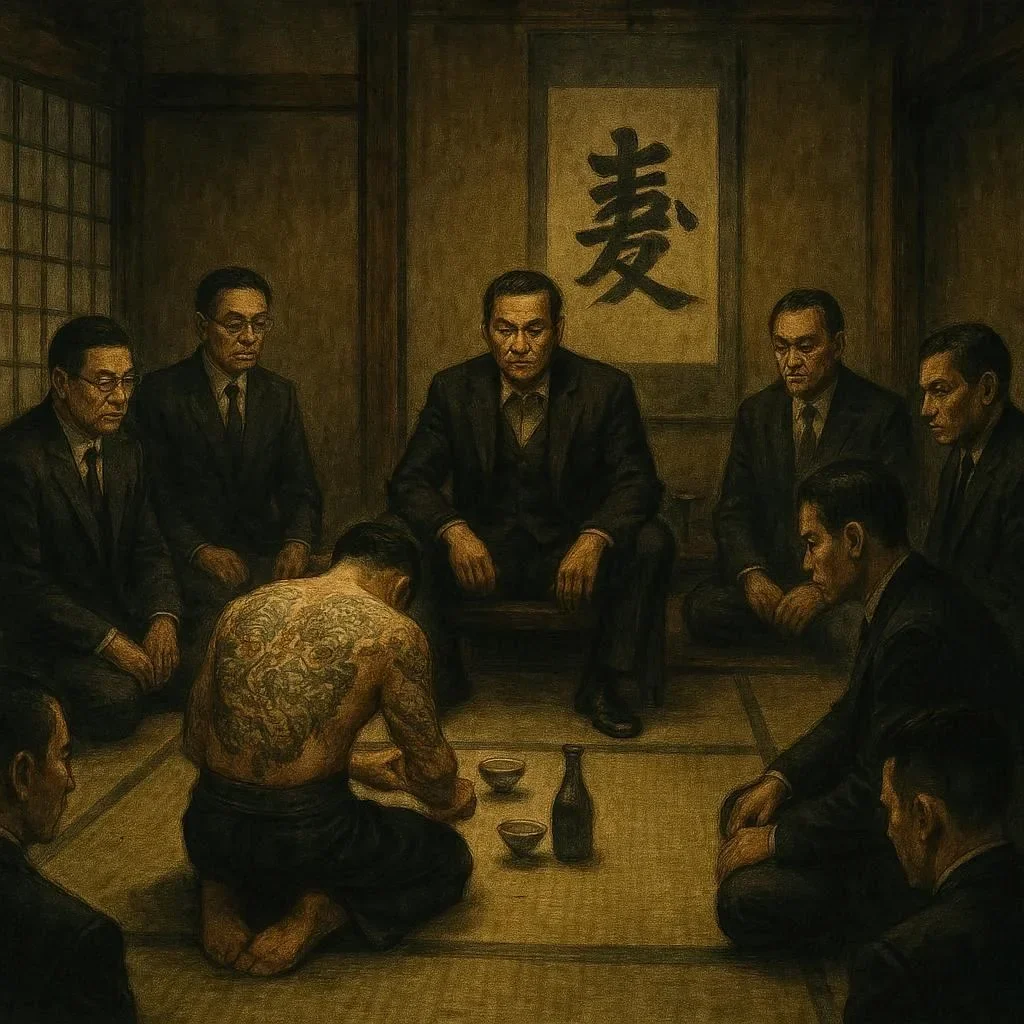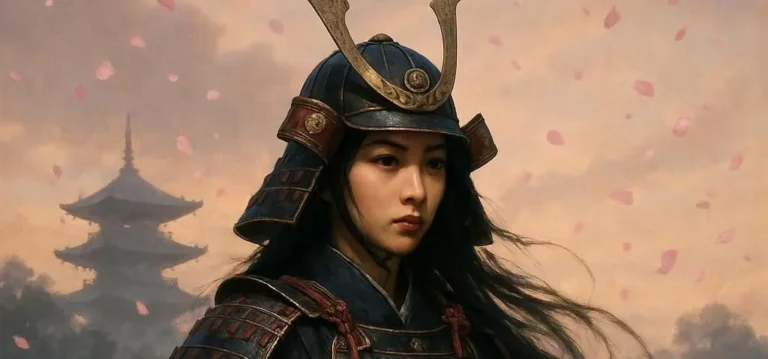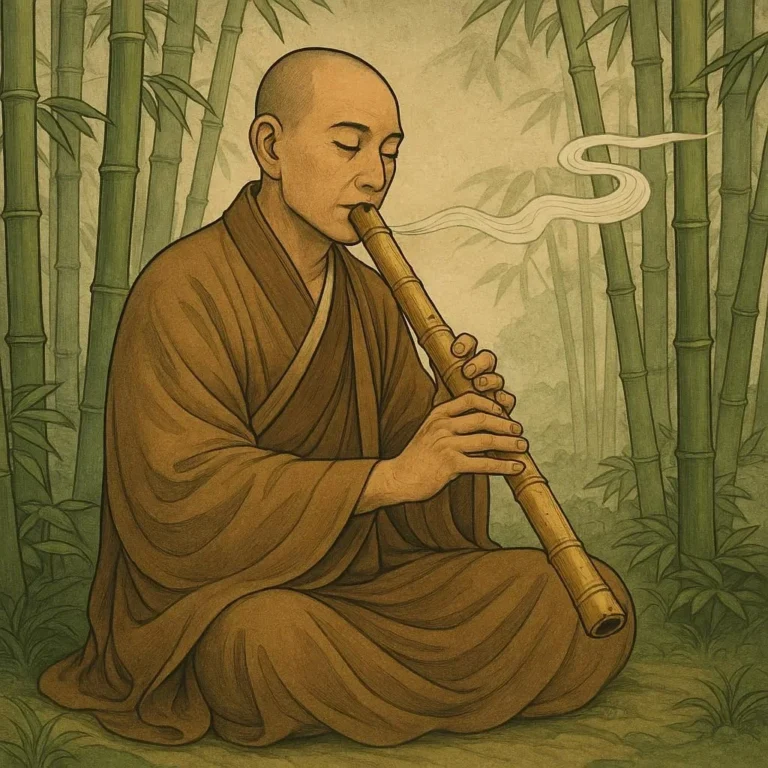510 views Geisha Culture Unveiled: Grace, Art, and Misunderstanding
A deeper look beyond the everyday image – discovering the tradition, discipline, and nuance that defines the Geisha in Japan’s cultural tapestry.
Introduction – The Myth versus The Reality
When most people hear the word geisha, images of cliff‑edge teahouses, smoky rooms, and women in bright kimono with lacquer‑black hair often flood the mind. Yet those snapshots only catch a sliver of a thousand‑year lineage that blends artistry, philosophy, and community. This post unpacks the true essence of geisha culture, the rigorous training behind the elegance, and the common misunderstandings that color the Western perception of these iconoclastic artists.
The Roots: From Courtesans to Cultural Icons
The term geisha (芸者) literally means “art person.” The tradition traces back to the wapin and shokudō, small entertainment houses that blossomed during the Kamakura period (1185‑1333). What began as sophisticated female performers in small merchant towns evolved, through the Edo period, into the highly structured social circles of ukiyo‑geisha and hét-produit—the Japanese equivalents of western salons.
- Edo Period (1600‑1868): The teahouses (ochaya) proliferated in districts like Yoshiwara, and the geisha code—the ha‑go and nishiki etiquette—birthed the intricate protocols still in use today.
- Meiji Restoration (1868‑1912): With opening of Japan’s borders came the outlawing of certain lesser arts in favor of national identity, prompting a distinct rise of hanami‑geisha (flower viewing), nagashi‑geisha (nude dance), and the famed Yoshiwara performers.
Understanding this genealogy is key to realizing that the geisha we see today is a living bridge between past and present, not a relic confined to the nineteenth‑century era.
Training: The Long Road to Mastery
Unlike a casual hobby, becoming a geisha is a disciplined apprenticeship spanning five to ten years. It starts with a haiko—the first formal training in songs, dance, and music. Apprentices develop baseline skills through daily practice, focusing on subtle body language and precise movements.
| Phase | Duration | Key Skills | Significance |
|—|—|—|—|
| Haiko | 1‑2 yrs | Basic vocal and dance techniques | Establishes foundation |
| Geta Training | 2‑3 yrs | Footwear technique, ‘ombre’ style | Mastery of traditional dance form |
| Music & Instrument | 2‑3 yrs | Shamisen and Eboshi-style music | Willingness to adapt and innovate |
| Shadowing | 1‑2 yrs | Observing senior geisha | Mentoring and cultural transmission |
| Full geisha | 1‑2 yrs | Independent engagements | Final test of knowledge |
The arduous schedule—often 12‑hour mornings and late‑night emcee sessions—ensures that the geisha spirit (the embodiment of ma, or space)—is cultivated as a spiritual as well as artistic discipline. Each moment spent polishing the back of a furisode or learning the subtle hand‑gesture in sakura is an investment in the cultural debt that eases the present values of Japanese society.
Attire & Aesthetics – Deliberate Beauty
Geisha attire is a deliberate play of colors and textures, each element echoing cultural narratives.
- Kimono: The furisode—long‑sleeved kimono—blossoms in vermilion, dyed with umeboshi or aoi for teas and masks enjoyed by the summer.
- Hair & Hairpieces: The tsunokami dyed in rich red or subtle indigo, sometimes adorned with small combs or obari—stringed ornaments that enhance symmetry.
- Matsu: Kai‑toshi crystalline jewelry, which reflects light, symbolizing perception of inner refinement.
Even the smoke‑brown lacquered portion at the base of the hair bears the cosmesis of floral patterns. Layered skirts sometimes include kikameshi—the small floral sachets concealed in the folds for the Japanese tea ceremony.
The Art Forms That Define Geisha
- Music & Vocalism – The koto, shamisen, and piano harmonize with the geisha’s voice in intimate rooms. The improvisational nature of nō performances keeps each session unique.
- Dance – Traditional sakura and mochizuki dances, performed with ha‑go footwork and opposed gaze patterns, illustrate human emotions through motion.
- Tea Ceremony – Chadō embodies the four practices of tea: harmony, respect, purity, and tranquility. Geisha’s mastery in tea* is often seen as the pinnacle of civilized culture.
- Calligraphy & Painting – Many geisha practice shodō and sumi-e, underlining their literary heritage.
- Hairstyling & Makeup – Artisans apply kimono makeup, carefully layering translucent paste, &naughtily altering the expression.
These arts create a holistic persona that allows geisha to perform both as a host and a cultural ambassador.
Misunderstanding 1 – Geisha as Courtesans
The most pitting misconception is conflating the term geisha with a range of erotic services. Modern Japanese oiran Anda still carry the naming tradition. Yet the legal and societal standards preclude any sexual obligations in exchanges between guests and performers. Today, geisha venues exist mainly as teahouses and enka festivals—places of refined conversation, leisure, and cultural demonstration. It is crucial to separate historical contexts: while some earlier kwū had intimate roles, most contemporary geisha concentrate entirely on art rather than any sexual service.
Reality Check: Geisha deliver artistic entertainment, not sexual favor. The discipline and anonymity safeguard the cultural identity, reinforcing a boundary that modern patrons respect.
Misunderstanding 2 – Geisha Are Antiquated
Critics say “Geisha are dead.” Contrary to this claim, there are about 400 living geisha in Kyoto and Tokyo, many of whom run ochaya and appear in cabarets. They adapt to modern media—Web series, reality TV, and the rising Bungaku drama—while still maintaining authenticity of dance, tea, and hidden etiquette. The presence of geisha in anime and documentary films displays a living tradition that continuously reinvents itself while preserving its roots. Geisha also act as cultural ambassadors, teaching Western students about ma, kintsugi, mudō, and floating artistry.
Modern Trends: Geisha in the 21st Century
- Digital Outreach – Some geisha maintain blog pages offering virtual tea ceremonies and online music streaming. The diaspora of junior geisha includes the first geisha who have grown up entirely online.
- Cross‑Cultural Representation – Collaborations with choreographers outside the United Kingdom see geisha dancers mixing Balinese and American jazz motifs. These cross‑pollinations are often showcased during Sakura 2023, a festival that saw a geisha duo perform alongside a West African drum collective.
- Education – Cities with Geisha academies now provide structured classes on Japanese prose, ontological philosophy, and modern business skills, ensuring sustainability.
- Diversification – New titles such as zashiki‑geisha and nippon‑geisha broaden cultural connections in non‑traditional regions, promoting localized crafts while maintaining national standards.
How to Respect Geisha Culture When Visiting Japan
- Dress Appropriately: Traditional kimono or conservative Western attire is accepted. Avoid bright neon colors that clash.
- Respect Silence Norms: In a teahouse, gestures of excitement may upset patrons. Keep conversation quiet unless invited to engage.
- Engage with Cultural Shows: Look out for kodawari—the pride in detail. Attend a nō performance or a chadō demonstration.
4. Sponsorship Etiquette: If attending a teahouse or ochaya, you may receive a geisha offering. Signing your name on a given booklet is regarded as a sign of honor.
Conclusion – The Elegant Intersection of Tradition and Renewal
The world’s fascination with Geisha culture stems from its astonishing blend of tradition, artistry, and resilience. Inside each kimono, the ma persist, and the soul of the eh‑mujō continues, echoing the philosophical Deign—“the perfect flaw, an unattainable balance.”
Rather than a relic, the Geisha tradition morphs into an alive, breathing language that informs Japanese culture, bridging past with future. By debunking misunderstandings and celebrating the disciplined work behind the graceful appearances, we can approach the world of geisha with complete respect, fascination, and understanding.






